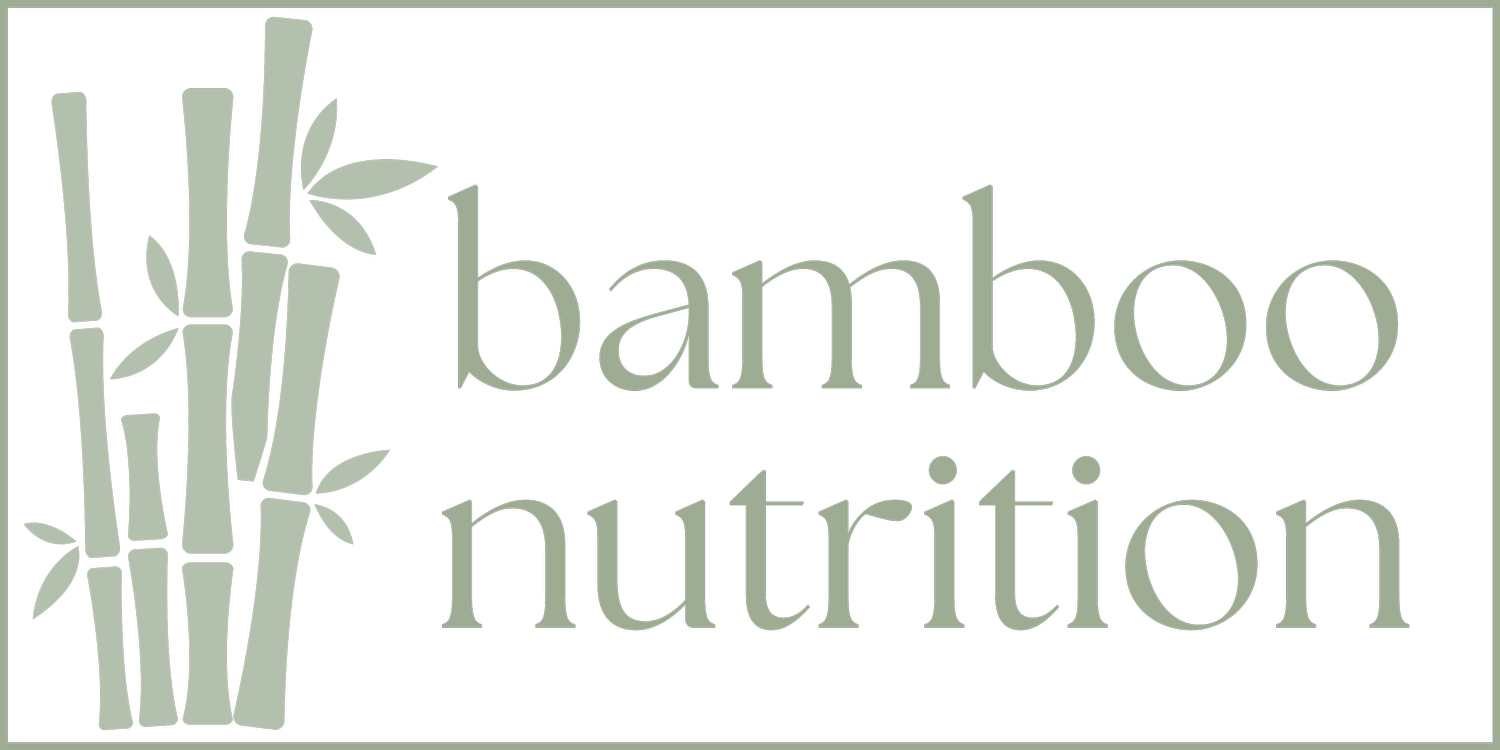Nutrition Throughout the Menstrual Cycle
Written by Registered Dietitian, Sarah Plymire
About Sarah
Sarah is a registered dietitian who works with individuals who have food allergies and intolerances and also sees women in every stage of life- puberty, family planning, pregnancy and postpartum, motherhood, menopause and post-menopause. She enjoys being a problem-solver and helping her clients find enjoyment in food and confidence in food decisions that are helpful for their specific needs.
This blog will provide you with a refresher on how the heck the menstrual cycle works and also provide strategies to support happy hormones during different phases of your cycle.
The education most women receive in school regarding the menstrual cycle includes limited information about how nutrition can aid in symptom management.
So let’s dive in.
The menstrual cycle begins at the onset of puberty, which for most women falls between the ages of 12 to 16. Every month, an egg is released from one ovary, travels through the fallopian tubes, and enters the uterus where it either gets fertilized by sperm or dies and gets shed with menstruation. Of note, an egg from both ovaries could get released in the same month and if these both get fertilized, you have yourself a set of fraternal twins! At birth, a normal ovary contains 1-2 million eggs and this is the set amount of eggs we will have for life - we cannot make new eggs. Within 30-40 years after the onset of puberty, a woman’s entire egg supply will likely be depleted.
A normal cycle length for most women is 21-45 days - anything shorter or longer than this may indicate a hormonal imbalance. There are four phases to a woman’s cycle:
the menstrual phase
follicular phase
ovulatory phase
and luteal phase
The menstrual phase begins on day 1 of your cycle, which is also the start of your period. The average length of the menstrual phase is 2-7 days. The hormone estrogen continually rises during this phase and also rises during the follicular phase.
The follicular phase lasts for about 7-21 days.
Ovulation, when the egg is released from an ovary, typically occurs around day 14 of your cycle and takes 1 day.
The luteal phase begins after the ovulatory phase and lasts for 10-16 days. During this phase, estrogen levels steadily decline while progesterone levels rise.
How does nutrition impact your cycle?
When we think about how nutrition can impact the menstrual cycle, we can group recommendations into pre-ovulation and post-ovulation. This is because those sex hormones, estrogen and progesterone, impact our appetite, metabolism, body temperature, mood, and energy levels in different ways.
Pre-Ovulation
Pre-ovulation includes your menstrual and follicular phases. During this time, estrogen is in charge. Estrogen actually improves insulin sensitivity, which helps to lower your blood sugar and can help prevent the development of type 2 diabetes. This is a good time to include more whole grain starches and high fiber vegetables in your diet.
Post-Ovulation
Post-ovulation includes your ovulatory and luteal phases. During this time, progesterone is in charge. Progesterone’s function is to increase your metabolic rate - this is why you may feel more hungry than usual leading up to your period. This is a good time to add in at least 1 extra snack per day and prioritize eating protein while also staying hydrated. Women may also notice that they feel more fatigued during these phases so it’s important to prioritize sleep, take rest days from movement, and limit alcohol intake.
This is just the tip of the iceberg when it comes to the relationship between what we eat and how our hormones are affected.
Do you think your hormones are impacted by your nutrition or imbalanced?
Bamboo Nutrition is here to provide you with individualized nutrition therapy to support hormonal changes throughout the month and even throughout life stage changes, like pregnancy and postpartum.

